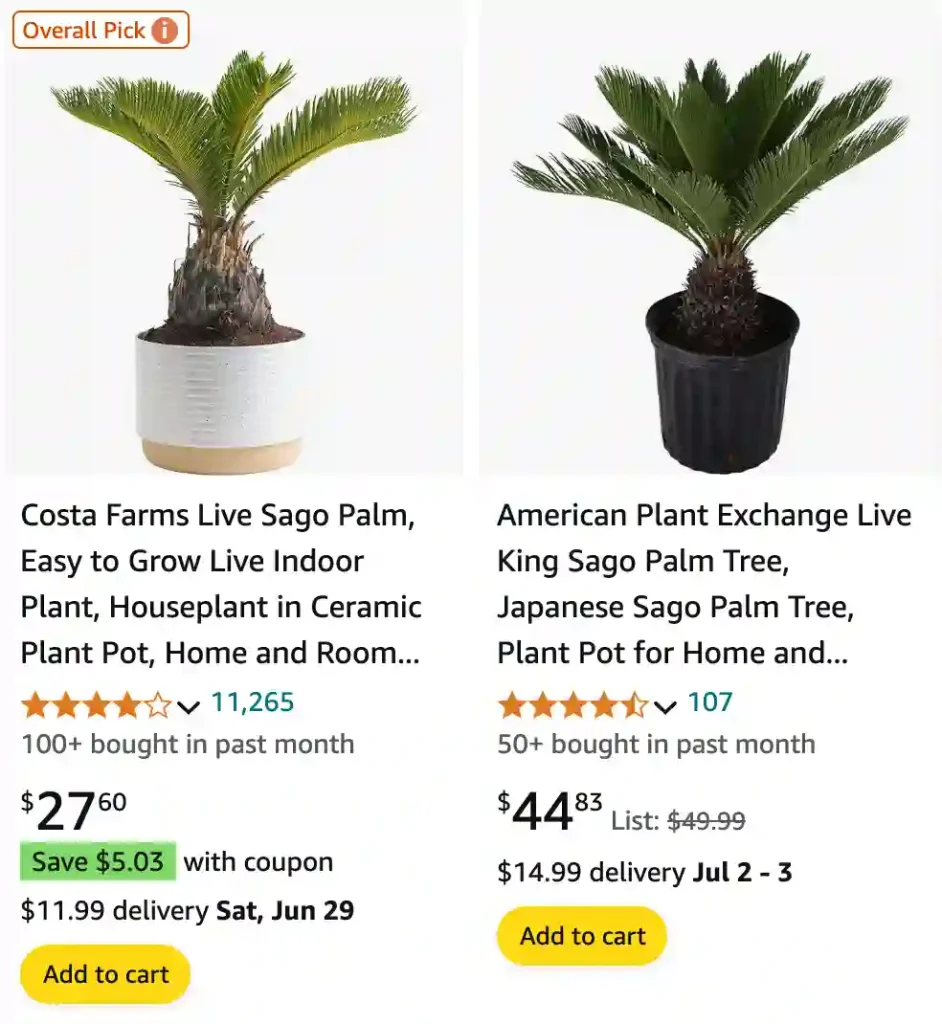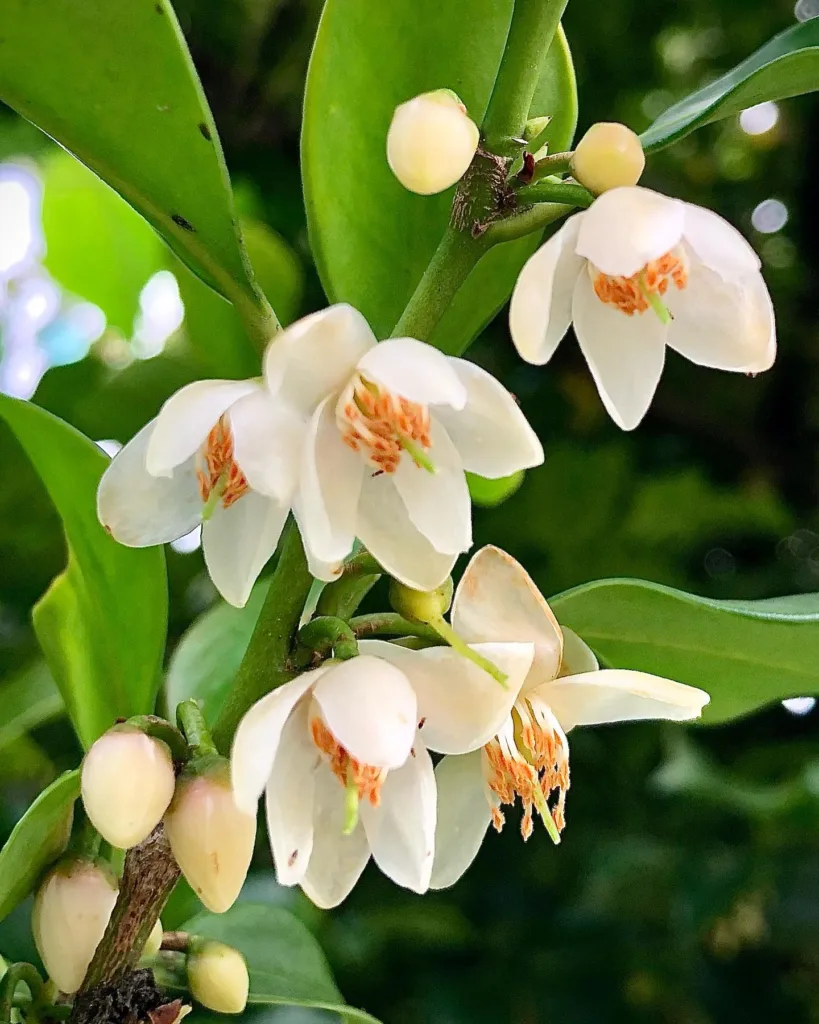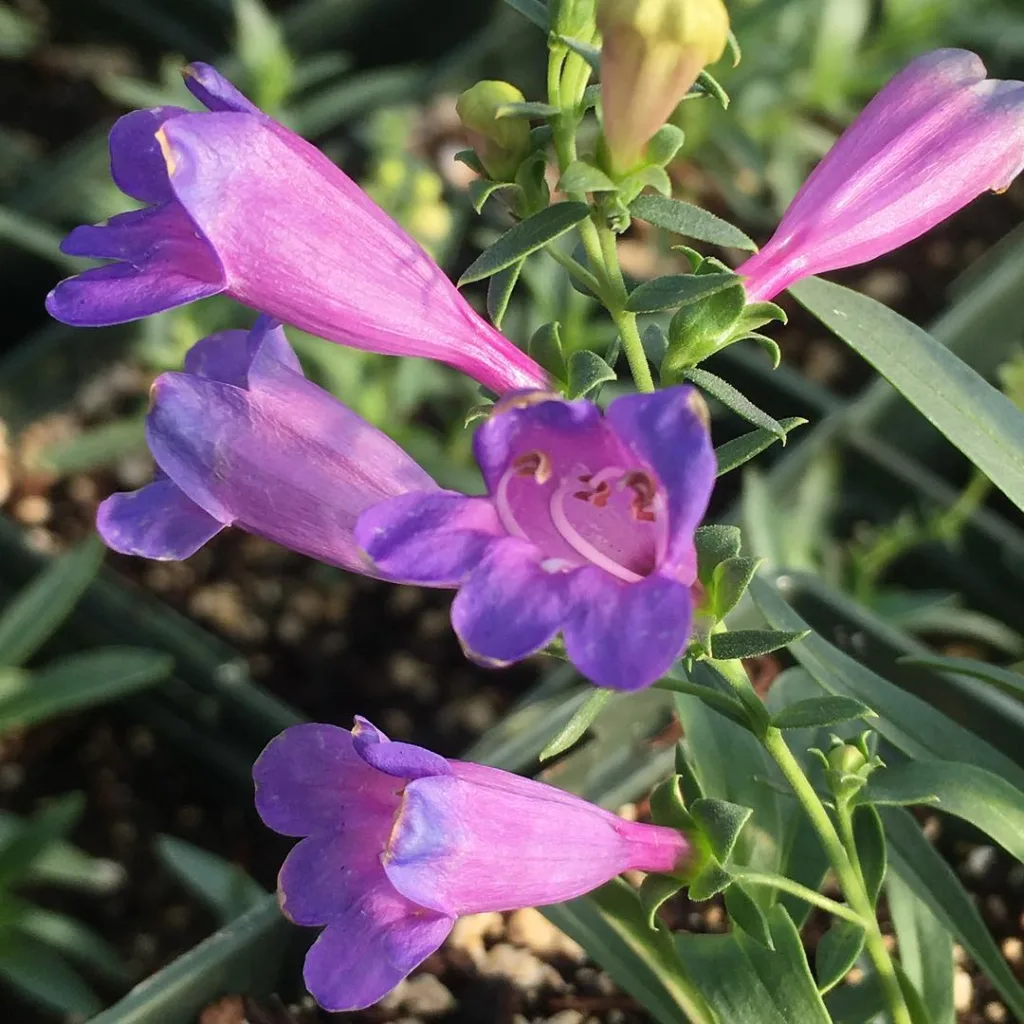
The Sago Palm: A Guide to Keeping This Prehistoric Beauty Thriving
My love affair with sago palms began when I stumbled upon one at a local nursery. Its glossy, feathery fronds and prehistoric charm instantly captivated me. But like any new plant parent, I soon found myself facing a barrage of questions. Why were the leaves turning yellow? How often did it need water? And the most important one for a dog owner like myself – were these beauties poisonous to furry friends?
In this guide, I’ll share the knowledge I’ve gathered on caring for sago palms, addressing the most common questions that sprout (pun intended) from new ownership.
What is a Sago Palm?
Before diving into care specifics, let’s dispel a common misconception. Sago palms, despite their palm-like appearance, aren’t true palms. They belong to the cycad family, existing on Earth for millions of years. This slow-growing wonder adds a touch of the tropics to any space, making it a popular choice for both indoor and outdoor gardens.
How to Care for a Sago Palm?
Sago palms are relatively low-maintenance, but understanding their basic needs is key to keeping them happy. Here’s a breakdown of the essentials:
- Light: Sago palms prefer bright, indirect sunlight. Avoid harsh, direct sun, which can scorch the fronds.
- Water: These drought-tolerant plants dislike soggy conditions. Water deeply when the top inch of soil dries out, then allow it to drain thoroughly. Reduce watering in cooler months.
- Soil: Opt for well-draining potting mix formulated for palms or cacti.
- Temperature and Humidity: Sago palms thrive in warm environments (65-75°F) with moderate humidity. If your home is dry, consider using a pebble tray or humidifier.
- Fertilizer: A balanced fertilizer applied monthly during the growing season (spring and summer) can promote healthy growth.
How to Propagate a Sago Palm?
Sago palms don’t produce offsets like many houseplants. The only way to propagate them is through seeds, which is a slow process that can take years to yield a mature plant.
What to Plant with a Sago Palm?
The slow-growing nature and architectural form of sago palms make them excellent companions for other low-maintenance plants. Consider pairing them with colorful bromeliads, ferns that enjoy similar humidity levels, or flowering hoyas for a touch of vibrancy.
Common Sago Palm Problems and Solutions
Now, let’s address those specific concerns that had me worried about my sago palm:
- Why is my sago palm turning yellow?
Several factors can contribute to yellowing fronds. Overwatering is a common culprit. Ensure proper drainage and adjust your watering schedule accordingly. Lack of light, nutrient deficiencies, or even natural aging of lower leaves can also cause yellowing. - How to keep dogs away from sago palms?
Unfortunately, sago palms are highly toxic to dogs and all other pets if ingested. The entire plant, from seeds to fronds, contains a toxin called cycasin. If you have curious pets, it’s best to keep sago palms out of reach or consider alternative plants altogether.
Transplanting a Sago Palm
Sago palms are slow growers and don’t require frequent repotting. However, if your plant becomes rootbound, repot it into a container just one size larger using fresh, well-draining potting mix. Spring is the ideal time for transplanting.
Watering Your Sago Palm
As mentioned earlier, overwatering is a major threat to sago palms. Here’s a helpful tip: Stick your finger into the soil. If the top inch feels dry, it’s time to water. Remember, underwatering is preferable to overwatering.
Conclusion
With proper care, your sago palm can become a cherished companion for years to come. Remember, these prehistoric beauties appreciate a bright, indirect spot, well-draining soil, and occasional watering. By understanding their basic needs and keeping an eye out for potential problems, you can ensure your sago palm thrives for generations to come.
If i die, water my plants!



